First Pollen of 2022 reported in Seacoast, NHOn February 23, 2022, the temperatures in the Seacoast area of New Hampshire reached well above 60 degrees and our bees, in various apiaries, were flying and bringing in some heavy pollen loads. The Little Harbor apiary in Portsmouth showed two different types of pollen coming in that couldn't be identified (we let the bees keep this important resource at this time of season) but looked to be either willow, maple, and/or crocus. The Little Boar's Head apiary in North Hampton, had a great amount of pollen coming in and this pollen looked to be Witch Hazel that is blossoming in the area around the apiary. Some people will say this isn't a normal occurrence but it is something we have seen in past years and it is normal for Witch Hazel to bloom in the late wintertime period. Why is Pollen Needed?Pollen is critical to the beehive because it provides a critical protein resource for the colony. Pollen was last collected by the hive in the Fall and unlike honey, it has a shelf life. While some of the pollen collected late in the Fall can still be viable there isn't as much left in many of the hives or it may have spoiled. So a fresh source is a welcome site for the hive and beekeeper alike. We typically provide pollen patties at this time of the season to help kick start the hives protein supply. What happens from Here?As the season continues and temperatures return to normal levels the bees will hunker down again and use their resources to continue with brood development. As things get warmer, more and more plants will start to produce pollen and soon some will have some early nectar flows. Beekeepers and pollinators are eagerly awaiting these days.
0 Comments
As a child, I remember a large milkweed field in Hampton that we would walk thru each day on our way to Marston School. In the early Fall, the field would be full of milkweed and also monarch butterflies that were making their migratory trip to Mexico from New England. Milkweed plants would have butterflies on them as they fed on the gooey white sap that the milkweed plants produced. That beautiful field on Mill Road now has a large home in the middle of it and maybe a few milkweed plants here and there but I am betting it doesn't have a tenth of the milkweed plants it did when it was a meadow.
Milkweed is a critical plant to monarchs since it is one of their primary food sources and provides homes for the monarch in the summer. Adult monarchs will lay eggs on the underside of the leathery leaves of the milkweed plant, where they will hatch into a caterpillar and feed on the plant. The caterpillar will then form a cocoon on the plant and hatch into a butterfly which will feed on the blossoms and subsequent milkweed pods that develop from them. Milkweed blossoms are also large nectar producers and are worked by other pollinators including honey bees that will risk becoming entrapped by the sticky resin the plant produces to collect the nectar. Honey bees love milkweed as do many other native pollinators. We have worked with many landowners to plant milkweed fields or help expand their current fields. On Goss Farm in Rye, NH we protected one plant from mowing years ago and it has now developed into a small patch of around 50 plants. Once the milkweed gets established it will expand underground via rhizomes and it can quickly overtake gardens if you don't manage it. I put a few plants in one of our gardens and it has taken over the space. However, after one season we had monarch butterflies visiting and nesting on the stalks. It is an incredible sight to see. Another way to plant a milkweed field is to collect the dried pods and stalks from existing plants. Joe Tucker and I collected plants from a large milkweed field in North Hampton thanks to the property owner Greg's permission. Greg's field was a horse paddock about ten years ago and he nursed the field back to a wildflower pollinator habitat where milkweed spread from a few plants to many over a few years. Greg's field was the largest field of milkweed I had seen since that field off Mill Road in Hampton. Joe and I cut the stalks with their pods on a November day and brought them over to a section of his pollinator habitat in Rye. We used a rod to punch holes into the ground and placed a stalk into each hole about 8 or so feet apart. That winter the pods would release the silken seeds that would float down into the 8-acre field. The next spring season we saw milkweed plants starting to take root. After a year we had numerous milkweed plants spread throughout the pollinator habitat and the monarchs showed up once the plants were established. This last year we had hundreds of monarchs flying in the field in the middle of the summer and have countless more stopping to feed on the milkweed during the migration in the fall. Would you like to have help setting up a milkweed field? Feel free to contact us at [email protected] to learn more. Starting in 2022 we have set up our beeswax to be traceable using the SeaBee Honey Tracer™ built on the Farms to Carts™ platform. We did some test runs with 2021 beeswax and it worked out very well. The attributes we track on beeswax are a bit different than what we track for our honey but the idea is the same. We want to provide our consumers with the best tracking they can have about our beeswax and the Honey Tracer makes it very easy to accomplish this task. Just like with our honey, the user can scan the QR code on the package or invoice and they will immediately be provided with the key attributes of the beeswax including: apiary, date rendered, farm, type of beeswax and color. Many of the makers that use our product are welcome to share the QR we provided in their packaging to help ensure that their customers know they are receiving a locally produced beeswax and if not local, they will know where it comes from and have the understanding that the product is 100% pure. We have some exciting new developments with our Honey Tracer coming in 2022 that will provide even more transparency and traceability in our products.
Recently, we had a great Zoom meeting with the folks from the Great Island Garden Club of New Castle, NH. The Great Island Garden Club's mission is as follows:
The purpose of the Great Island Garden Club shall be to stimulate the knowledge and love of gardening and horticulture while assisting in community beautification. How great is that for a mission statement? We provided an overview of our company and discussed the challenges of keeping bees here in the Seacoast of New Hampshire. We did discuss the success of the hives we have located in and around New Castle and how we have worked with the schools in the area on education initiatives. It was a great event and we appreciated the excellent questions from the group. Technology can be great but only if you know how to use it. Some folks have asked us how to scan the QR code found on the back of our label. First, let's cover a few basics. What is a QR Code?QR is short for Quick Response. It was developed in 1994 by a Japanese automotive company called Denso Wave. It is a type of bar code but it can store much more data. The QR Code usually has a tracker associated with it - the tracker in most cases points to a website or software application. QR codes are machine readable. How to scan our productYou only need a smartphone with a camera to scan a QR code.
Step 1: Turn on the camera on your smartphone. Step 2: Focus the camera on the QR code. Step 3: The camera will recognize the QR code and with a link to Farms to Carts™ Step 4: Click Yes and you will see the information on our product. Try it out on the QR code above and you will be brought to a panel that describes all the information of a package of our beeswax. Please let us know if you have any questions of comments. For years we have included our batch number on our labels but it could only provide so much information to the consumer. The label on our product and others can only hold so much information and we wanted to provide more traceability to the consumer. We also wanted to provide a flavor profile for each batch of honey bottled so that the consumer would know the subtle nuances and flavors in our honey that vary from year to year and hive to hive.
With that purpose in mind we, worked with Pharmonic Solutions™ to build out a proprietary software solution called Farms to Carts™ that allows companies like ours to provide transparency and traceability to their consumers. Farms to Carts allows the user to easily create shareable product attributes, transfer the data into user-created tables, and generate QR labels that can be affixed to labels and marketing materials as required. We have used our Farms to Carts platform, called SeaBee Honey Tracker, for our honey and wax products since this summer. However, it can be used for so much more. If you want to learn more you can contact us or the Farms to Carts team at the following. Email Farms to Carts. |
Details
SEABEE HONEY BLOGAuthorA beekeeper in New Hampshire [email protected] Archives
December 2023
Categories
All
|
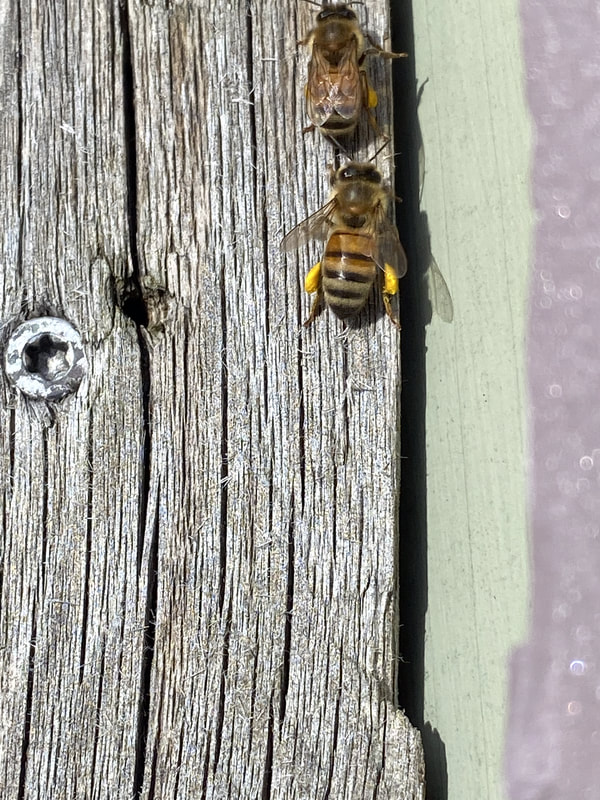

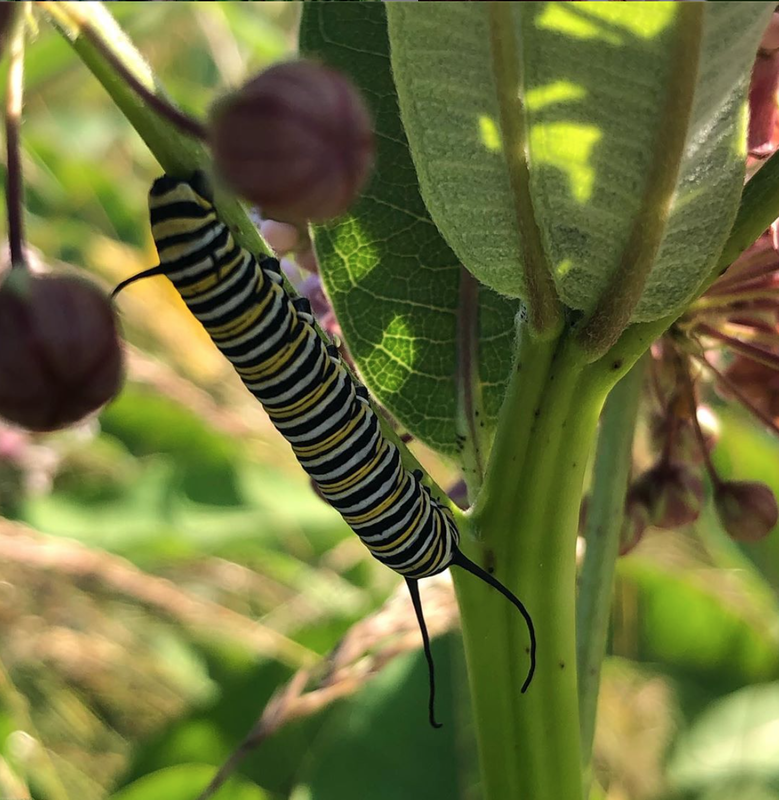
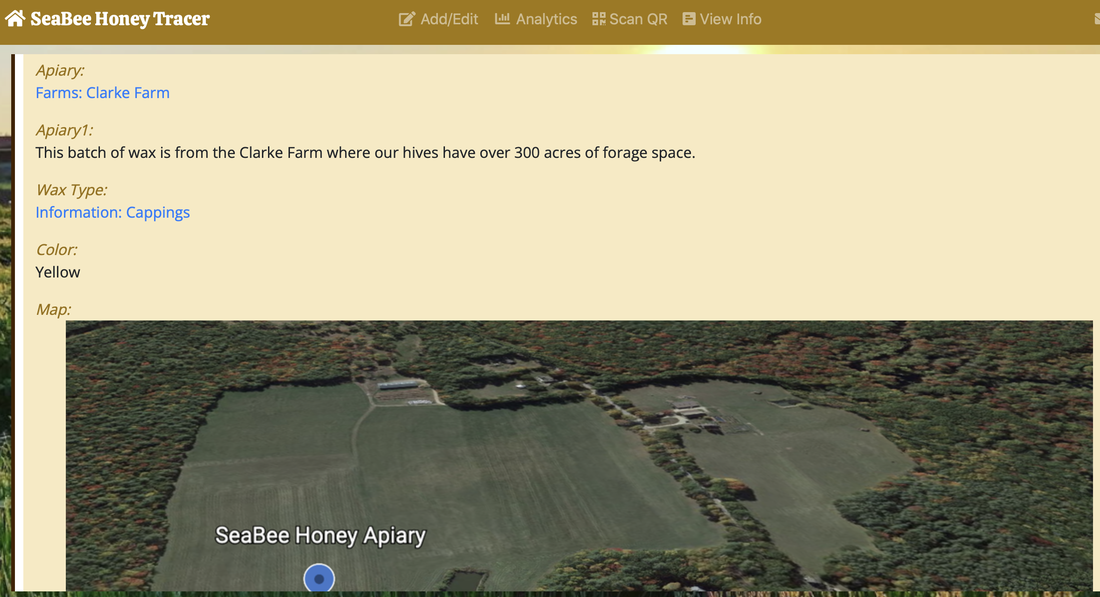
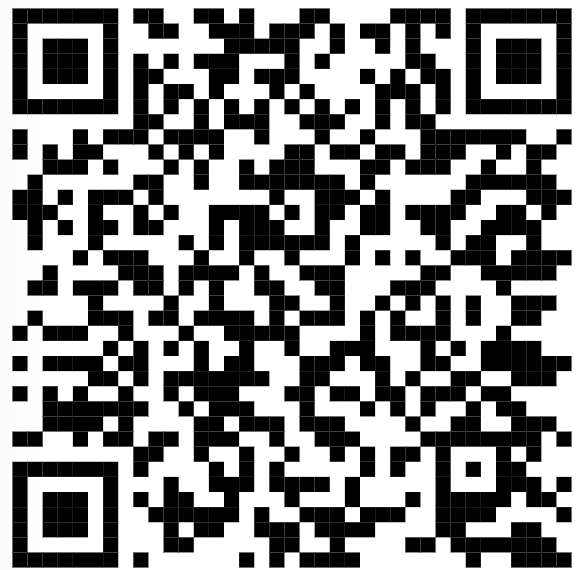
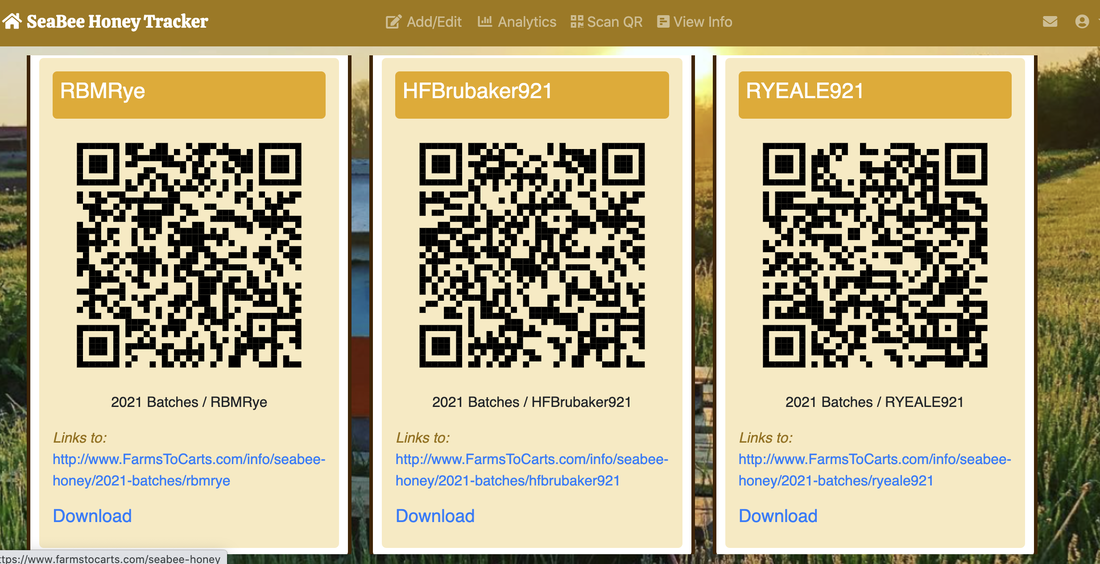

 RSS Feed
RSS Feed